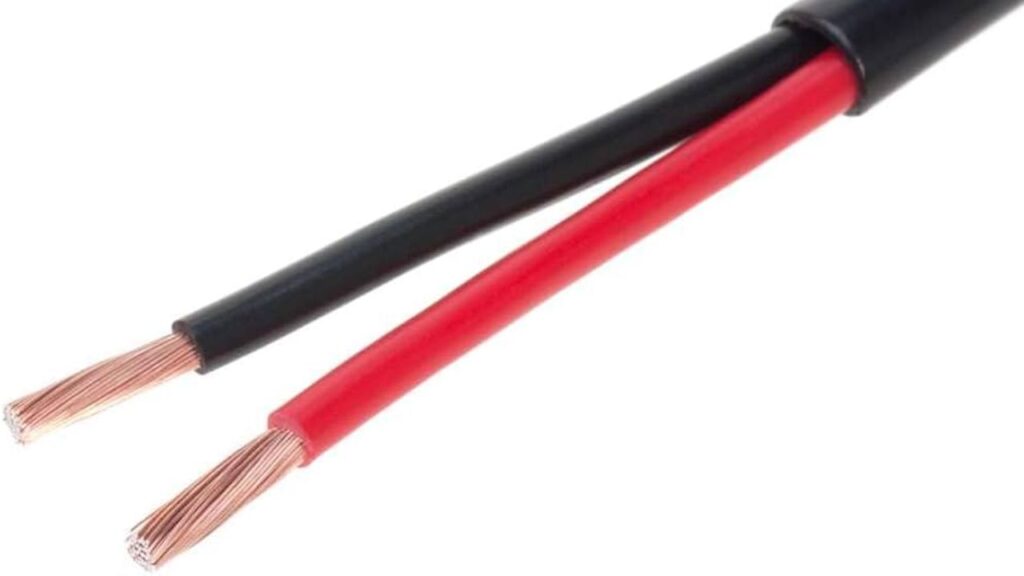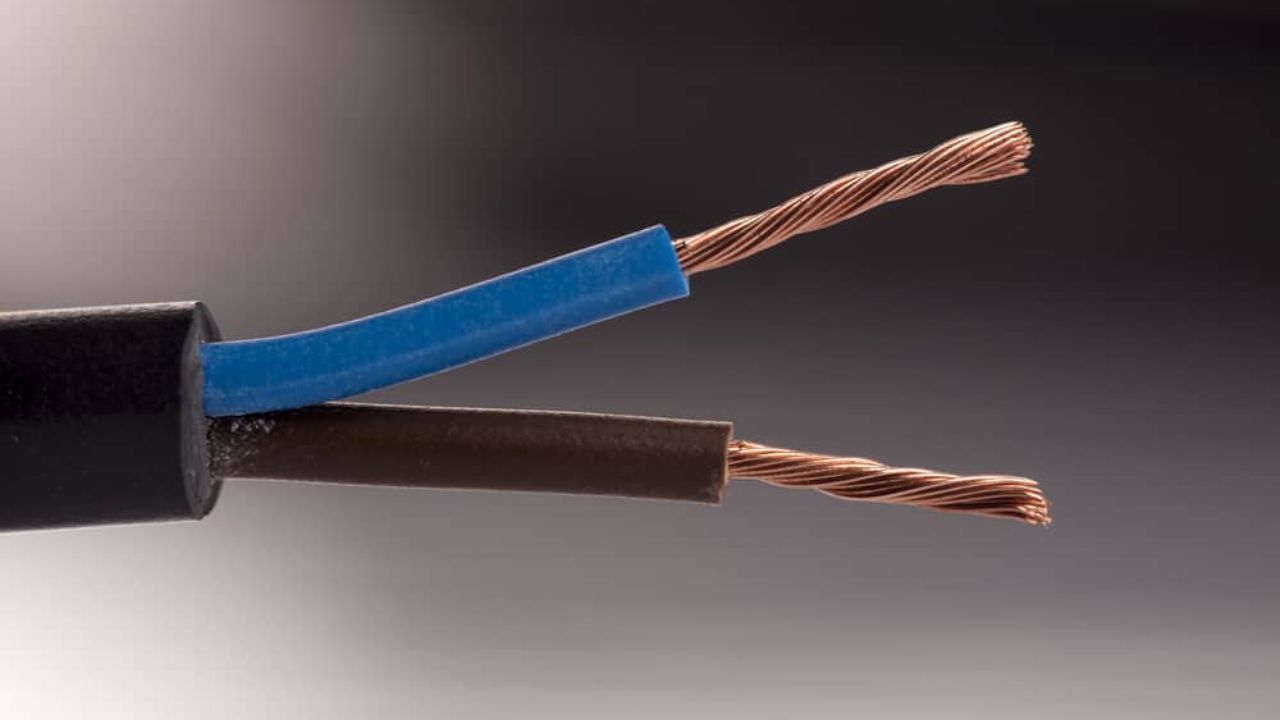You’ve invested in high-end speakers, eagerly anticipating the immersive sound experience they promise. However, a critical question arises: which speaker wire is positive? Incorrectly connecting your speaker wires can lead to subpar performance, diminished sound quality, and even damage your premium audio equipment. In the world of high-end audio, where every detail matters, ensuring proper speaker polarity is crucial. But fear not, as we’ll provide you with the knowledge to identify the positive and negative wires, allowing you to unlock the full potential of your speakers. But before diving in, let’s discuss the basics. Speaker polarity refers to the electrical orientation of the speaker wires and how they connect to your speakers’ and amplifiers’ positive and negative terminals. In a typical speaker cable, you’ll find two conductors: a positive wire and a negative wire. The positive wire carries the audio signal, while the negative wire completes the electrical circuit. Maintaining the correct polarity ensures that your speakers work in harmony, reproducing sound as intended by the manufacturers and audio engineers. But does speaker polarity really matter? Absolutely! Incorrect polarity can lead to various audio issues that significantly impact your listening experience. When speakers are wired with the wrong polarity, they can exhibit the following problems like phase cancellation, muddy sound, reduced soundstage, etc. To ensure your high-end speakers are wired correctly, you need to know how to identify the positive and negative wires. Fortunately, there are several methods you can use to determine which wire is which. Let’s explore the most common indicators: Speaker wires often feature visual cues to help you distinguish between the positive and negative conductors. Look for the following: In addition to visual indicators, speaker wires may have physical markings to denote polarity: Even with the visual indicators and physical markings, there may be instances where you’re still unsure about the polarity of your speaker wires. In such cases, you can use the following methods to verify which wire is positive: A multimeter is an invaluable tool for identifying the polarity of speaker wires, and it can be purchased from most hardware stores or online retailers. This device measures electrical properties such as amperage, resistance, and voltage. Here is a step-by-step guide on how to use a multimeter to determine speaker wire polarity: Using this method will help you accurately determine the polarity of each speaker wire. If you have the user manual for your speakers or amplifier, it may provide specific instructions on how to identify the positive and negative wires. The manual may also include diagrams or images that illustrate the proper wiring configuration. If you are still unsure about the polarity of your speaker wires, you can perform a simple 9-volt battery test at home to identify the positive and negative cables. This simple 9-volt battery test can help you accurately determine the polarity of your speaker wires, ensuring proper and efficient connection of your audio system. There are smartphone apps available that can help you test speaker polarity through your device’s microphone. These apps work by playing a test tone and analyzing the response from your speakers. While not as accurate as using a multimeter, these apps can provide a quick and convenient way to verify polarity. By using one or more of these methods, you can confidently determine which speaker wire is positive and ensure your high-end speakers are connected correctly for optimal performance. When determining the polarity of speaker wires, users should be aware of a few common mistakes to ensure accurate results. Speaker wires often have colored insulation or printed symbols to indicate polarity, but these visual cues can be misleading. For example, a red wire may not always correspond to the positive terminal, as wire colors can vary between manufacturers or installations. Relying solely on color coding or printed symbols without verifying with a multimeter can lead to incorrect wire identification. Another common mistake is using the wrong settings on the multimeter. When checking speaker wire polarity, it is crucial to set the multimeter to the DC voltage setting. Using the wrong setting, such as AC voltage or resistance, will result in inaccurate readings and potentially damage the multimeter or the audio equipment. To avoid these pitfalls, it is recommended that you always use a multimeter to measure the voltage of the speaker wires directly rather than relying on color coding or other visual indicators. This approach ensures a reliable and accurate identification of the positive and negative wires, preventing any issues during the audio system setup or troubleshooting process. Mixing up the positive and negative speaker wires can create several problems that impact your audio system’s performance and quality. Here are some potential issues: Overall, ensuring the correct polarity of your speaker wires is crucial for optimal audio performance. Double-checking connections or using a straightforward testing method can help prevent these issues. Here is a step-by-step guide to properly connect speaker wires: You’re now set up and ready to enjoy your audio system. Understanding speaker polarity is essential for optimal sound quality. Correctly identifying and connecting positive and negative speaker wires ensures that your speakers are in phase, providing clear and balanced audio. Mistaken polarity can lead to distorted sound, loss of bass, and poor stereo imaging. Typically, the positive wire is marked with red or a stripe. Double-check your connections before powering on your system to avoid damage and ensure the best performance. Proper attention to speaker polarity guarantees an immersive and high-quality audio experience If you mistakenly combine positive and negative wires, first turn off your amplifier to avoid any potential damage. Then, rewire the connections correctly by ensuring that the positive wire is connected to the positive terminals and the negative wire to the negative terminals. Power on the system again to see if the issue is resolved. Determining the positive speaker wire is crucial for maintaining proper speaker polarity. Correct polarity ensures that the speakers are in phase, delivering clear, balanced, and powerful audio. Incorrect polarity can result in reduced bass response, audio distortion, and poor stereo imaging. Incorrect speaker polarity is unlikely to cause permanent damage to your speakers. However, it will significantly degrade the sound quality by causing issues like out-of-phase sound, reduced bass, and audio distortion. It is best to correct any polarity issues to ensure optimal performance. The positive speaker wire is typically marked with red or may feature a white stripe, whereas the negative wire is usually black or unmarked. Always refer to the manufacturer’s specifications for your specific audio equipment to ensure accurate connections. Fiber Optic Cabinet,Fiber Cabinet,Fiber Distribution Cabinet,Outdoor Fiber Cabinet Cixi Dani Plastic Products Co.,Ltd , https://www.cxdani.comWhat Is Speaker Polarity? And Does It Really Matter?
Identifying the Speaker Wire
Methods to Verify If The Speaker Wire Is Positive
1- Using a Multimeter
2- Check The User Manual
3- Testing with a 9-Volt Battery
4- Using A Polarity Testing App
Common Mistakes When Identifying Speaker Wires
How To Avoid These Mistakes?
What Happens If You Mix Up Positive And Negative Speaker Wires?
How To Connect Speaker Wire Properly?
Conclusion
FAQs
1- What should I do if I mistakenly combine positive and negative wires?
2- Why is it important to determine the positive speaker wire?
3- Will incorrect speaker polarity damage your speakers?
4- Is positive red or black?





